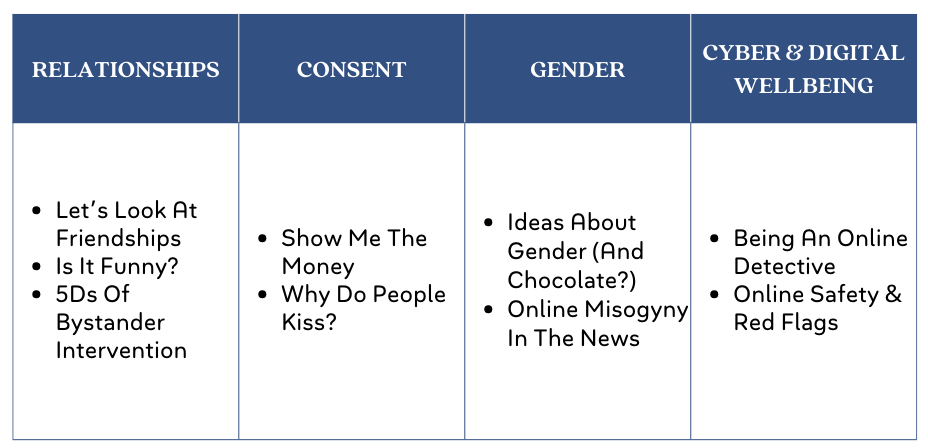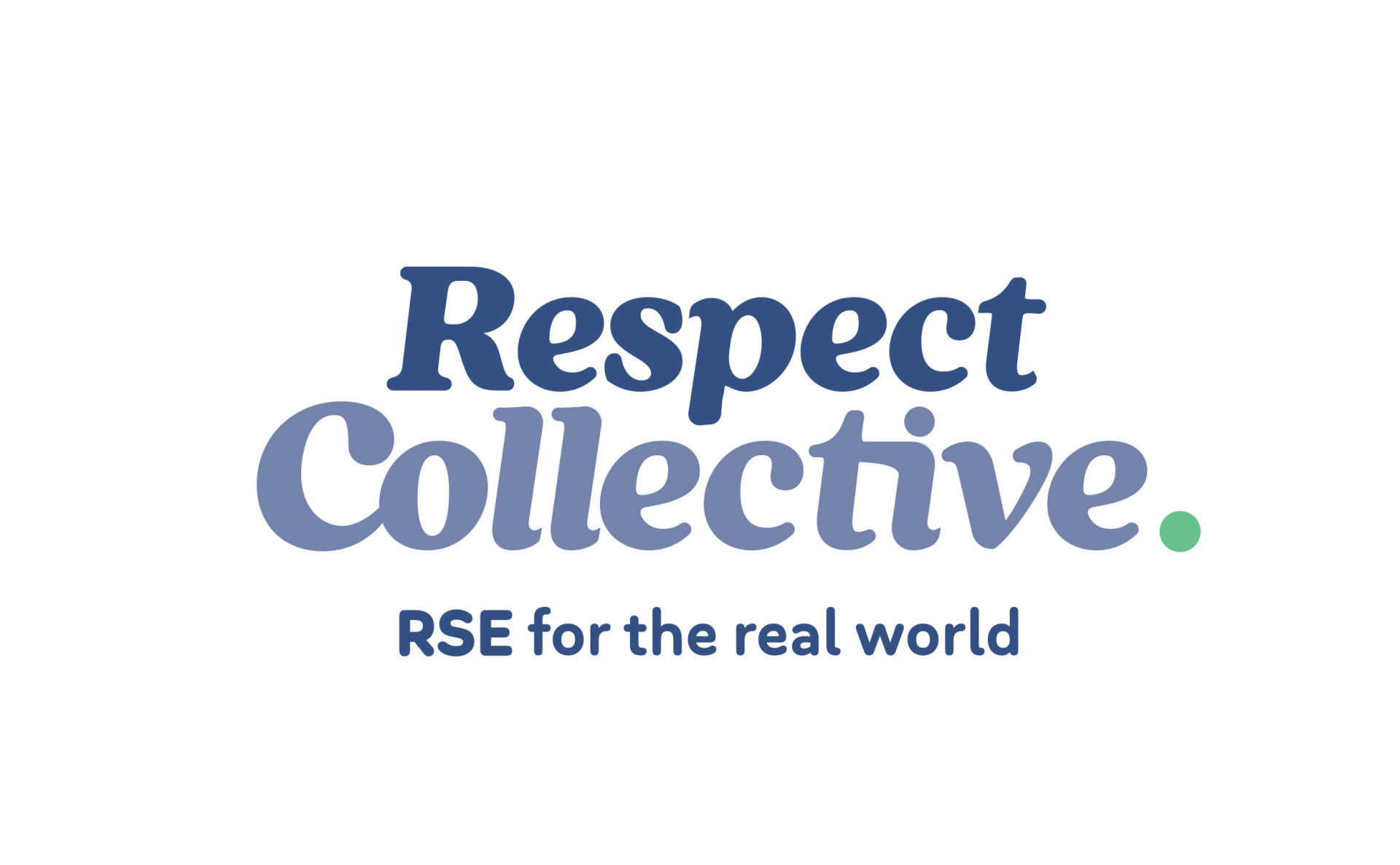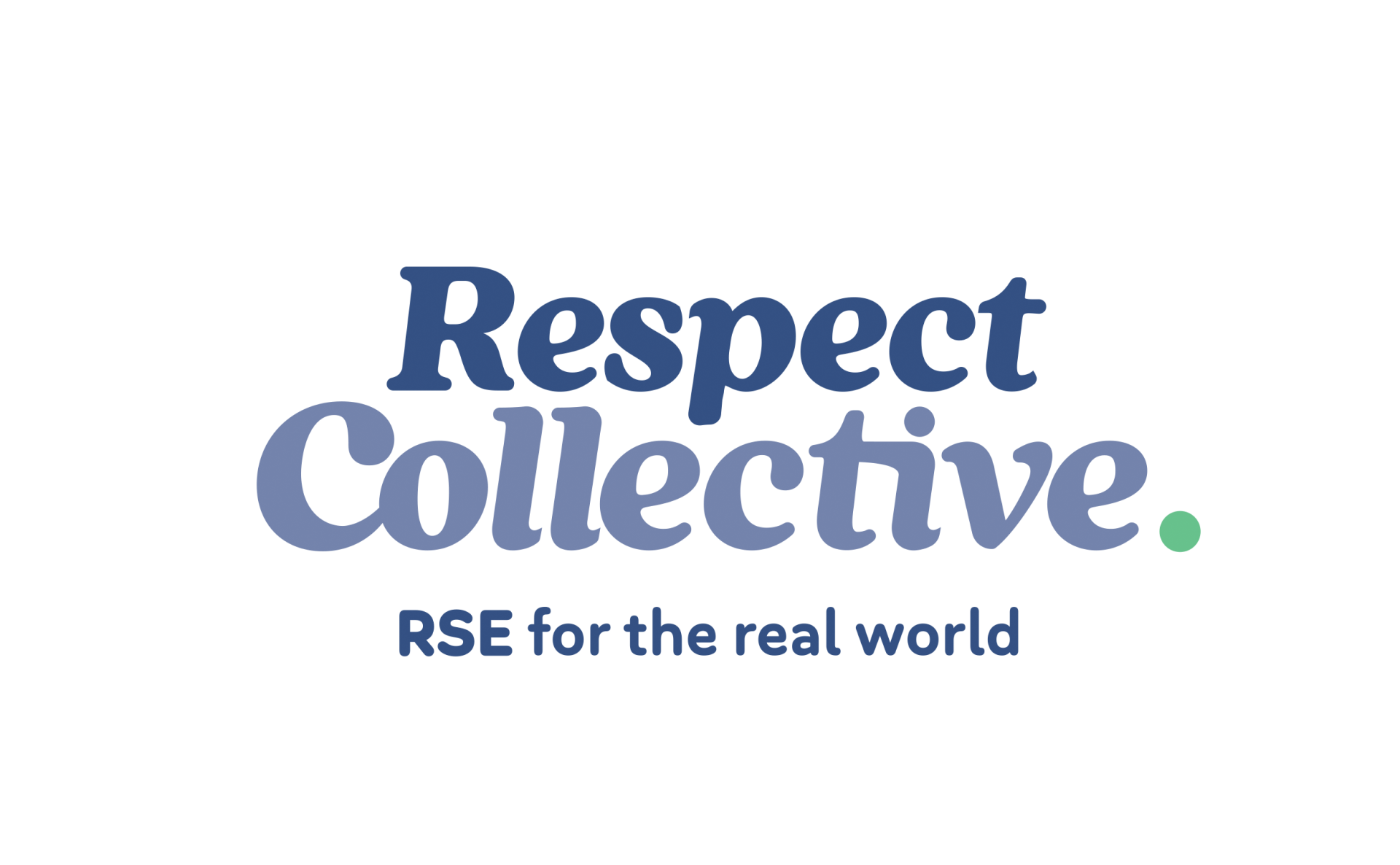This lesson should be used after students have completed the Being An Online Detective lesson.
In this Online Safety & Red Flags lesson, students will
be introduced to the concept of Online Grooming.
They will brainstorm on the
concept of making mistakes to normalise
that everyone does silly things online or misjudges a person they have met.
After watching a short video, students will use the think-pair-share
visible thinking routine to explore their prior knowledge of Online Grooming tactics,
working through six real life scenarios from the Australian Centre to Counter
Child Exploitation. Students will then watch a short video to create space for
laughter and emotional processing. The class will then work together using a protective othering strategy, to
consider what strategies can be used if someone has already encountered online grooming.
Each lesson ends with a consolidation activity, inviting students to list 1
thing they have learnt from the lesson, 1 thing they already knew, 1 piece of
advice they would share with a friend, and 1 adult or organisation that would
be helpful in relation to the lesson topic.


